April 19, 2025 | 01:25 GMT +7
April 19, 2025 | 01:25 GMT +7
Hotline: 0913.378.918
April 19, 2025 | 01:25 GMT +7
Hotline: 0913.378.918
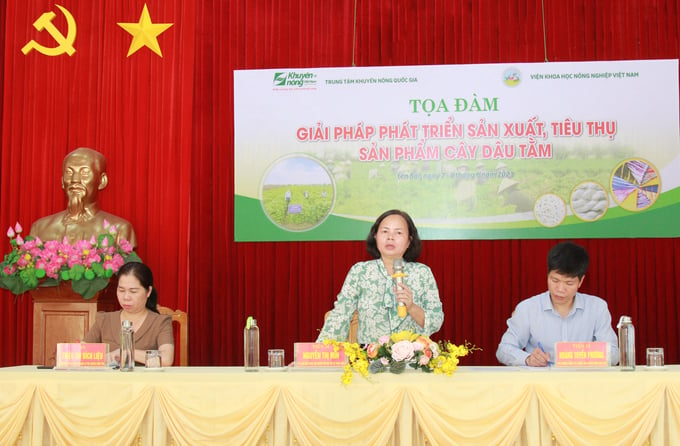
Dr. Nguyen Thi Min (standing), Deputy Director of the Vietnam Sericulture Research Centre answered the opinions of mulberry growing and silkworm rearing households. Photo: Thanh Tien.
On June 8, in Viet Thanh commune (Tran Yen district, Yen Bai province), the National Agricultural Extension Center, the Vietnam Sericulture Research Centre (VIETSERI - Vietnam Academy of Agricultural Sciences) jointly held a seminar on solutions to develop production and consumption of mulberry products in Yen Bai province.
Since 2016, mulberry production in Vietnam has overcome the continuous decline, which is a great development compared to the previous period, and the industry started to show signs of improvement. During the past 6 years, the growing area of mulberry is increasing rapidly. As of December 31, 2021, the country's total mulberry area reached 13,166 ha, an increase of 3.5% compared to 2020.
Mulberry trees are now present in all 8 ecological regions across the country, stretching across 36 provinces from North to South. In particular, the production area in the Central Highlands has the ecological conditions suitable for the mulberry tree’s growth and development as well as physiological characteristics of silkworms. This region also holds the largest mulberry growing area, reaching 10,061 ha, accounting for more than 75% of the total area of mulberry trees in Vietnam.
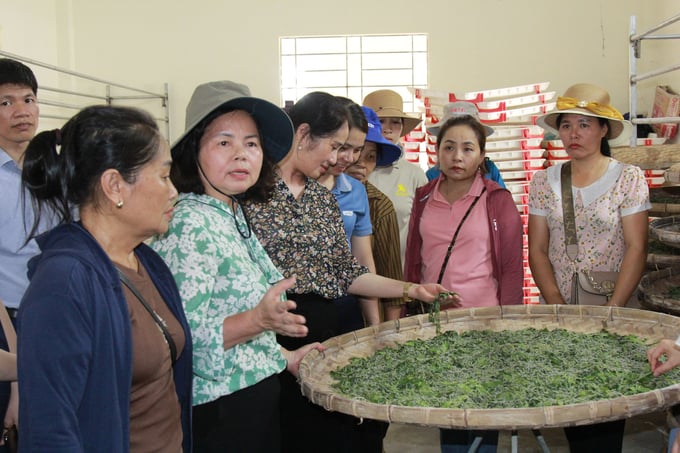
Within the framework of the seminar, the participants visited a number of mulberry growing and silkworm rearing establishments to apply new technical advances to production in Tran Yen district (Yen Bai). Photo: Thanh Tien.
The recovery and development of the mulberry industry in recent years is very encouraging, but mulberry production is still basically manual in many stages, not to mention mulberry cultivation and silkworm rearing are highly dependent on the weather. Mechanization in production still has certain limitations. Due to the impacts of climate change, pests and diseases on mulberry and silkworm, the actual yield of cocoons is much lower than the potential yield.
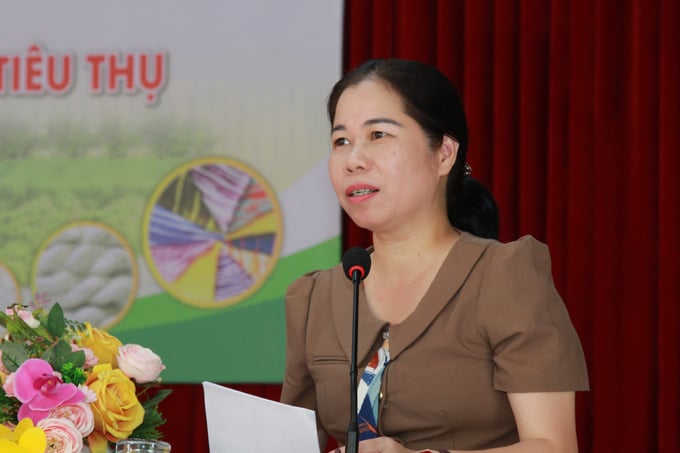
Ms. Trieu Thi Bich Lieu, Head of the Office of Agriculture and Rural Development of Tran Yen district spoke at the seminar about her experiences in local sericulture development and silk production. Photo: Thanh Tien.
“In order to achieve high quality and efficiency in sericulture, one of the decisive factors that require keen attention and persistent implementation is to build the concentrated raw material area, proactively applying technical advances at all production stages, intensive planting models and new silkworm rearing techniques,” said Trieu Thi Bich Lieu, Head of the Office of Agriculture and Rural Development of Tran Yen district.
New technical advances in mulberry production over the years have made an appearance in the models of Tran Yen district and are widely shared among the locals. Over the years, the district has continuously experimented and built growing models for many mulberry varieties bred by VIETSERI such as hybrid mulberry varieties grown by VH9, VH13, VH15, GQ2 seeds; triploid strawberry varieties planted with cuttings No. 7; imported strawberry varieties such as Ha No. 7, Sa Nhi Luan, Que Uu.
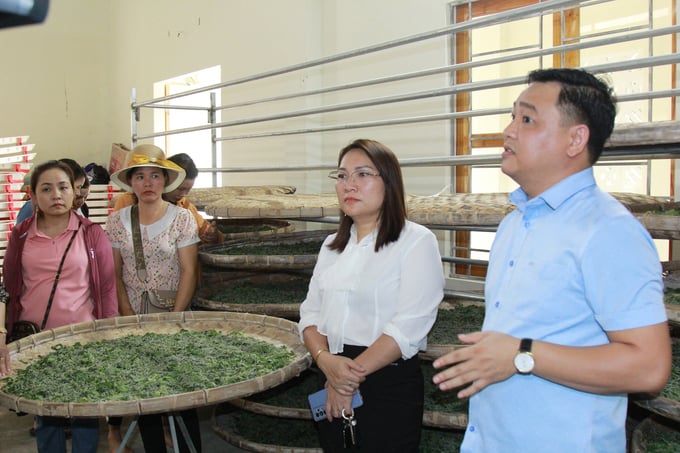
In recent years, the results in sericulture helps Tran Yen district (Yen Bai) draw out many lessons to further develop this industry. Photo: Thanh Tien.
Currently, the concentrated mulberry growing area of Tran Yen has now been able to choose suitable varieties. There is a close linkage between mulberry growing and silkworm rearing households with cooperatives and cooperative groups, contributing to stabilizing output for silkworm cocoons.
According to the Office of Agriculture and Rural Development of Van Chan district, the district's sericulture industry developed 15 years later than Tran Yen. In 2017, Van Chan people started growing mulberry and raising silkworms with only 1-2 farming households in an area of 3,000 - 5,000m2.
Van Chan district has now developed concentrated mulberry growing models with an area of over 140 ha. The district's silkworm cocoons output is over 30 tons/year, the average product value is over VND 300 million/ha/year. The profit is 2.5 - 3 times higher than growing rice or other vegetables, thus contributing to raising incomes for many households in the district.
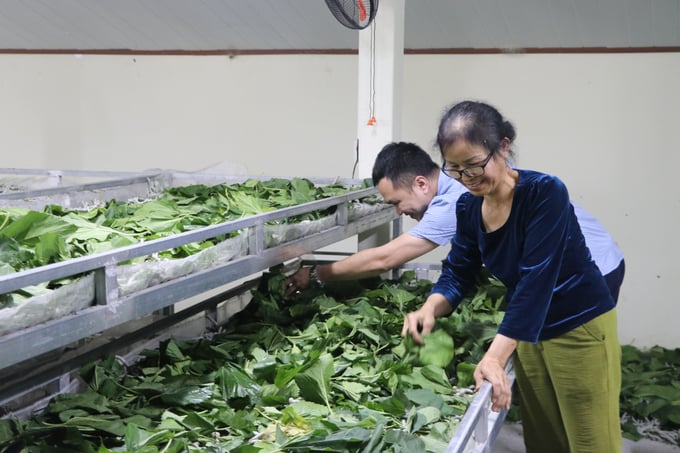
Thanks to the recovery in production and export, mulberry farmers have higher and stable incomes. Photo: Thanh Tien.
During the seminar, the delegates focused on discussing issues of planning production areas, solutions to apply scientific and technological advances in sericulture in order to improve productivity and product quality; solutions on mechanisms and policies to encourage investment in mulberry farming and silkworm rearing; the problem of linking production and consumption for silkworm cocoons, developing the market for mulberry products; solutions on environmental treatment in silkworm rearing.

The mulberry industry has not only regained its position but is on a strong rise. Photo: Minh Hau.
Sericulture currently provides livelihoods for nearly 40,000 farming households with a total of more than 103,500 people in 33/63 provinces from the North to the South. Mulberry farmers have partly contributed to the development of rural socio-economy.
Having the opportunity to listen to the opinions of leading experts at the seminar, representatives of cooperatives, cooperative groups and households doing sericulture also raised difficulties and concerns in developing the profession, taking the opportunity to recommend all branches and levels in state management to provide knowledge, material facilities and tools for silkworm rearing.

New technical advances not only lessen the burden on mulberry workers but also improve product quality and increase income. Photo: Minh Hau.
The International Silk Union and silk-producing countries believe that silk production worldwide has not met the current demand. The trend of consumers is leaning toward using products made of silk material, so Vietnam's sericulture industry holds immense potential for development in the near future.
Translated by Samuel Pham
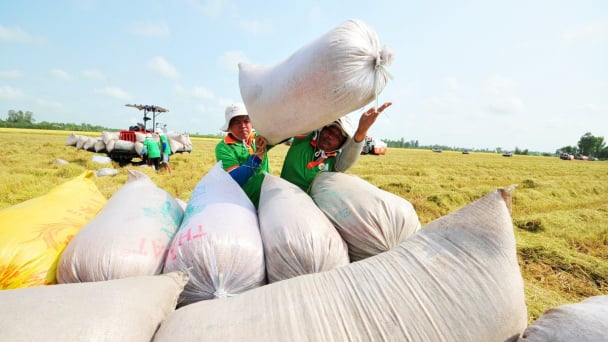
(VAN) The rice industry in the Mekong Delta is undergoing a major transformation, shifting toward sustainable, high-quality, and low-emission exports to meet the green and clean standards increasingly demanded by international markets.
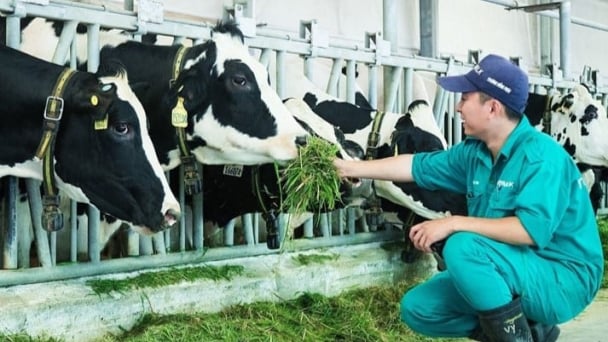
(VAN) According to Tong Xuan Chinh, Deputy Director of the Department of Livestock Production and Animal Health, Vietnam’s dairy cattle industry must overcome seven major challenges to achieve sustainable development.
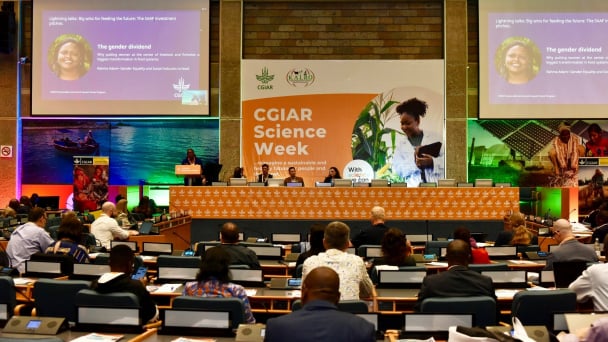
(VAN) The CGIAR’s Sustainable Animal and Aquatic Foods (SAAF) program represents a new approach that emphasizes the transformation of food systems toward sustainability.
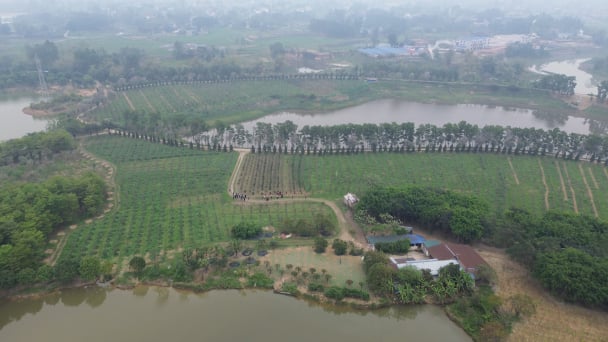
(VAN) Scientists assume that industrial agriculture has been 'outdated.' As a result, a comprehensive overhaul or a revolution in the direction of embracing ecological agriculture is needed.
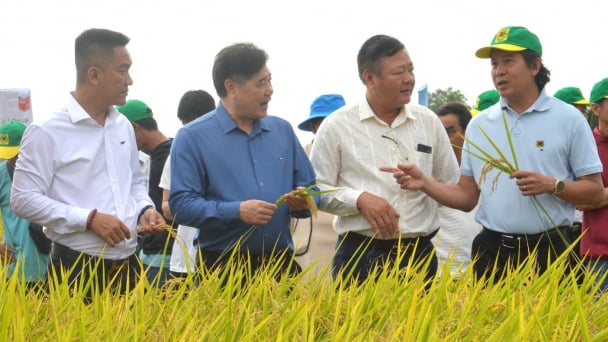
(VAN) The results from pilot fields are catalyzing the expansion of the One million hectares of high-quality, low-emission rice project in Kien Giang.
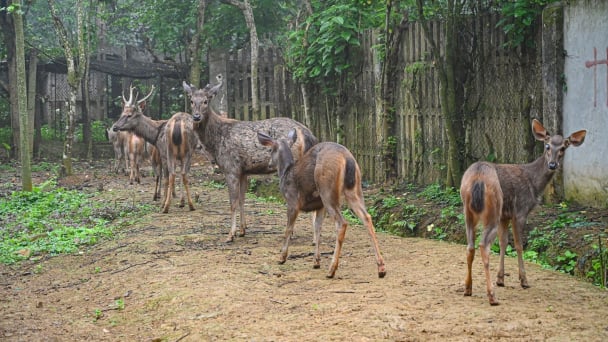
(VAN) On the morning of April 11, Cuc Phuong National Park received 18 individuals of endangered and rare wild animals from Da Nang city.
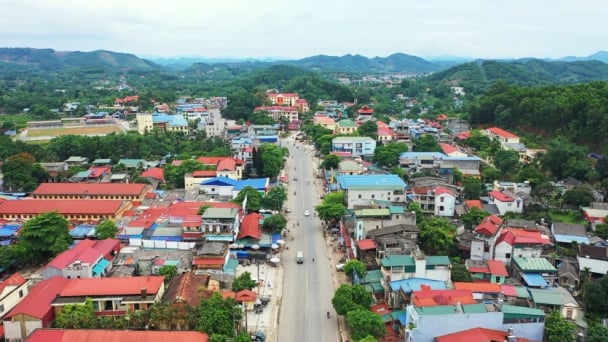
(VAN) FAO supports Vietnam in enhancing survey sampling techniques for the 2025 nationwide agricultural and rural census.